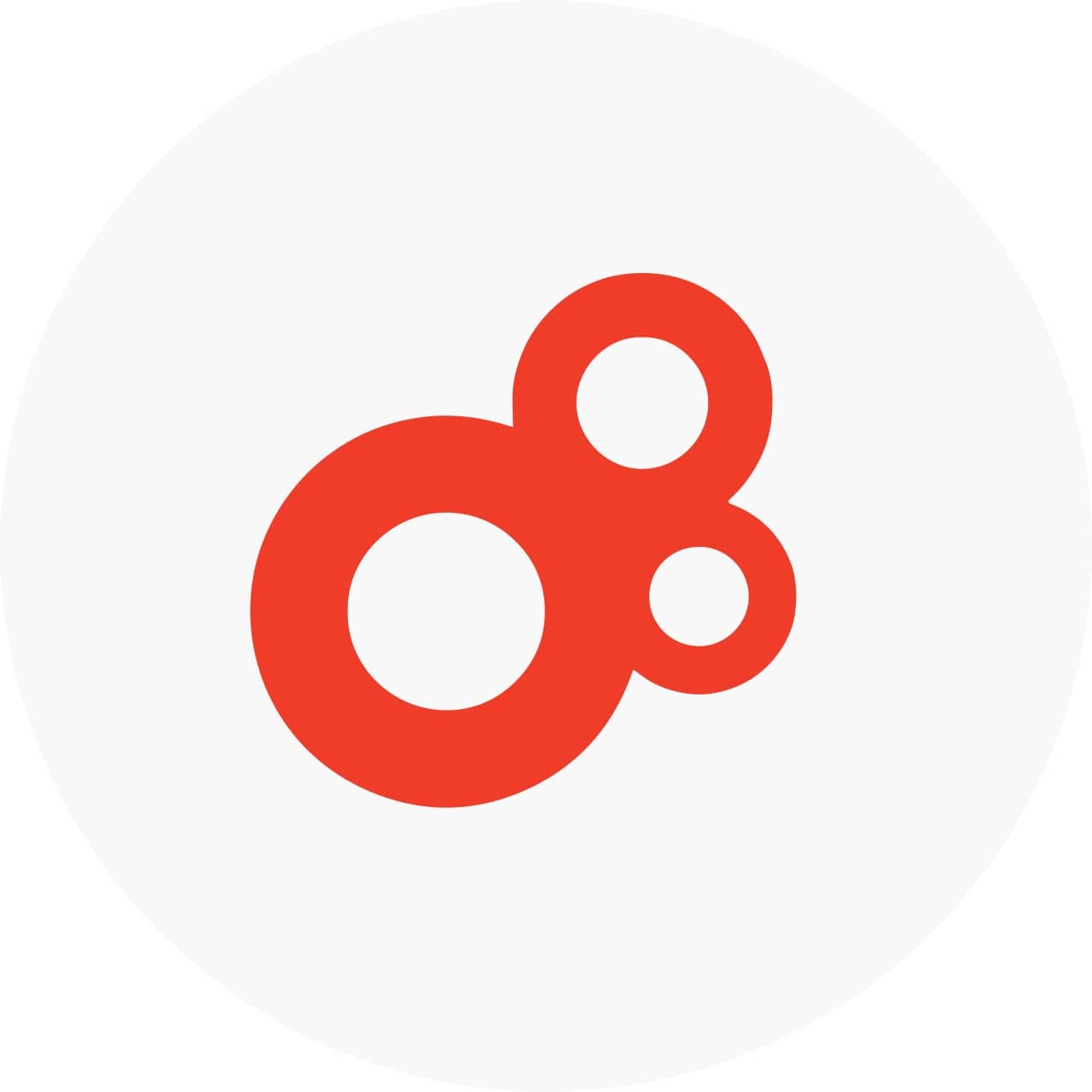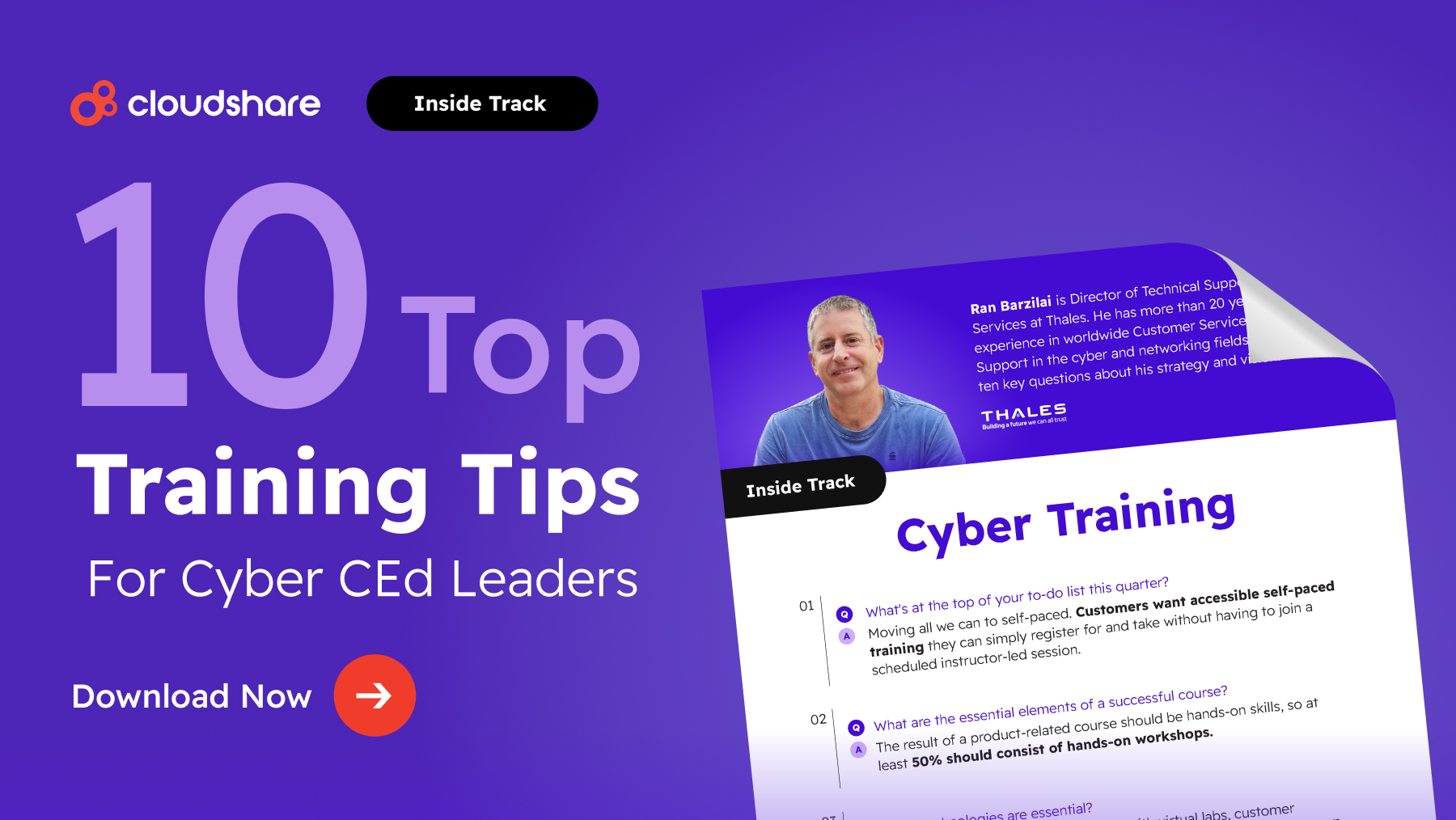
How do you know if your customer education program is working? How can you assess the effectiveness of your customer training strategy? Lastly, how do you demonstrate to leadership that your program is successful?It’s all a matter of choosing the right metrics. But in customer education, that’s often easier said than done. A single training program can generate an overwhelming volume of data. We’ll discuss how you can identify and extract the most important insights and information from that data — starting with an overview of the top key performance indicators (KPIs) for customer education.
Key Customer Education Metrics You Should Measure
When creating any virtual training program, defining your KPIs is one of the most important steps. It’s critical to choose metrics that not only help you measure the effectiveness of your training but also align your program with your go-to-market strategy, assess product adoption, and measure success across the customer lifecycle.
Below, you’ll find a list of some KPIs you might consider leveraging.
- Customer Satisfaction (CSAT) Score uses a scale that asks customers to rate how satisfied they are with your company and software on a scale from 1-5.
- Net Promoter Score asks customers how likely they are to recommend your software to a friend or colleague on a scale of 0-10.
- Employee Satisfaction asks employees to rate the effectiveness of your training and/or enablement tools on a scale determined by your business.
- Learner retention uses post-training quizzes or assessments to determine how effectively your program conveyed core knowledge and skills.
- Completion Rate measures how many users completed your onboarding program compared to total signups.
- Engagement Score uses a combination of the metrics above to provide an overall view of how compelling your training program is to customers.
Customer Education
- Onboarding Time measures how long it takes customers to complete your education program.
- Time to First Value measures how soon after completing their onboarding customers are able to start generating value with your software.
- Usage Details and Trends collectively examine the behavior of users interacting with your onboarding, helping you identify potential bottlenecks, weaknesses, and quit points.
Product Adoption
- Product Adoption Rate is a big-picture metric that looks at how many people become regular and active users of your software over a set timeframe.
- Usage Frequency looks at how frequently people use your software over a set timeframe.
- Average Session Duration measures how long an average person spends actively using your software from the moment they first sign in.
- Usage Depth measures the frequency with which customers use product features that your business has identified as key indicators of retention.
Other Important Metrics
- Customer Demographics allow you to identify the different user groups who engage with your software, segmented based on industry, use case, pricing tier, etc.
- Training Attendance Rate measures how many people actually use your training compared to how many signed up.
- Ticket Frequency measures the change in how many tickets your support team receives over a set timeframe.
- User Retention and Churn examine how many customers remain active subscribers and how many customers cancel or abandon their subscriptions during a set timeframe, respectively.
- Support Cost measures the change in how much your organization spends on customer support over a set timeframe.
- Revenuegrowth measures the change in overall revenue over a set timeframe.
Best Practices for Leveraging Customer Education KPIs
Now that you have some idea of the metrics your business might use to assess and optimize its customer education program, we’ll discuss how to determine which ones you should use — and how to ensure you use them effectively.
Start With Your Training Objective
Before you start thinking about metrics, you need to define what you want to achieve with your customer education program.
What critical facts or concepts do you want to convey to your customers? How do you want them to understand those facts? Most importantly, how should they apply that understanding to their own business goals? Or, to put it another way, once they understand your software, how will customers be able to use your software to generate value for their business?
Identify Key Product Features
Next, you’ll want to determine which features typically indicate a customer has achieved product adoption. Look at usage trends amongst customers who’ve been using your software for a long time, particularly those with longer average sessions and greater usage frequently. Which features do they appear to use most often?
Those are the features you’ll want to focus on with your onboarding.
Blend Onboarding With Your Sales Cycle
Your business’s onboarding timeline doesn’t just cover the short span from qualification to conversion. It includes every step of the customer journey prior to that, as well. How long, on average, does it take for someone to go from prospect to customer once they’ve engaged with your business?
Think about what you can do to reduce that timeframe. You might, for instance, equip your sales team with a tool that allows them to deliver hands-on demos to prospects, giving potential customers firsthand experience with your software and helping them develop skills and knowledge prior to your official onboarding process.
Always Contextualize
Remember that no metric exists in a vacuum. For example, it might look like your training is immensely successful if you notice a sharp decrease in support tickets and costs if you don’t also consider your business’s churn rate. High churn indicates there’s something wrong with your training, your software, or both — and fewer customers naturally means fewer support tickets.
Ensure Interdepartmental Alignment
Onboarding is not the sole domain of your customer success team. Rather, it’s a process in which every customer-facing department in your business should have a hand, including marketing, sales, and support. Make sure you’ve laid the groundwork for these different departments to collaborate, providing them with the necessary tools, context, and training to work seamlessly together.
Embrace a Data-Driven Approach to Customer Education
Customer education can be a complex undertaking, with no shortage of pitfalls and moving parts. Tracking your key performance indicators and applying metrics from across your entire sales cycle ensures you can keep track of all these elements. Moreover, it allows you to adjust your customer training strategy so it’s laser-focused on the features, functionality, and knowledge that matter most. Of course, what we’ve discussed here is only part of the equation. You’ll also need to find a way to personalize your onboarding content based on each customer’s unique needs. Learn how artificial intelligence can enable you to accomplish that and more.




